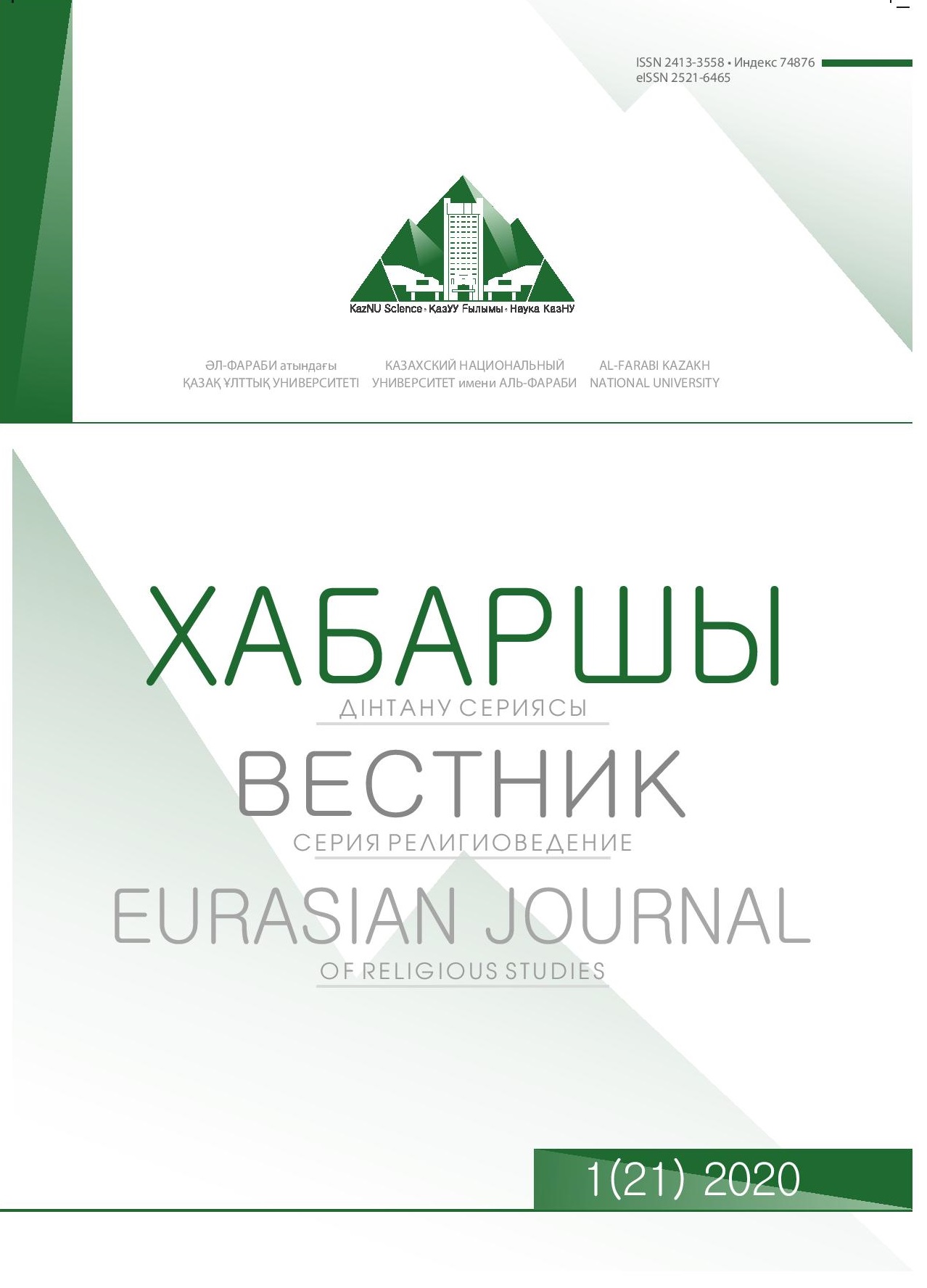Religion and Contemporary art of Kazakhstan
DOI:
https://doi.org/10.26577/EJRS.2020.v21.i1.r7Abstract
The Contemporary art of Kazakhstan was formed after the collapse of the Soviet Union. In their work, artists started to turn to the customs and traditions of the Kazakh people, which became a characteristic feature of modern creativity in Kazakhstan. This trend began to manifest itself not only in the works of artists of the old generation but also of the young generation. "Identity search" is one of the main topics that focused on the ancient Kazakhs' culture, Tengriism, shamanism, etc., expressed in the search for a new national ideology.
With the development of globalization and information technology, the role of religion in modern society has not diminished. The later 20th century saw the fortuitous return of religion not only to political and public life but also the renaissance of religious topics in contemporary art. There is a criticism of religion, specifically of Islam, in the contemporary art of Kazakhstani artists.
In this article, the author presents a brief introduction to the creativity of modern Kazakhstani artist Anvar Musrepov. He is using digital technology in the study of issues related to spirituality, religious extremism, radicalization, raditionalism and the influence of globalization processes on socio-cultural processes.




